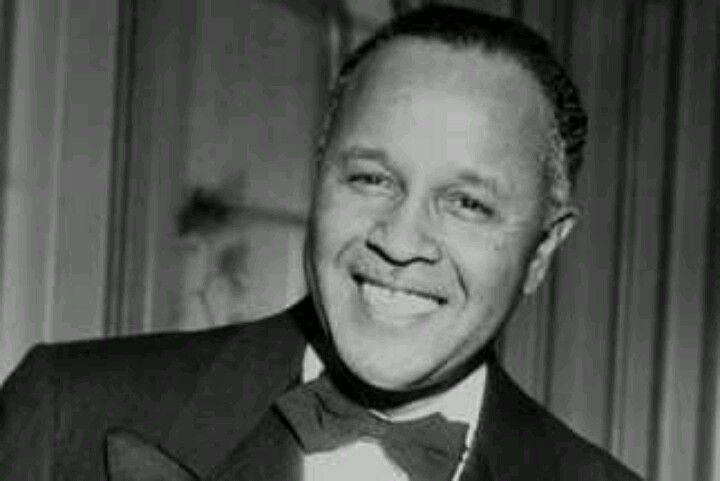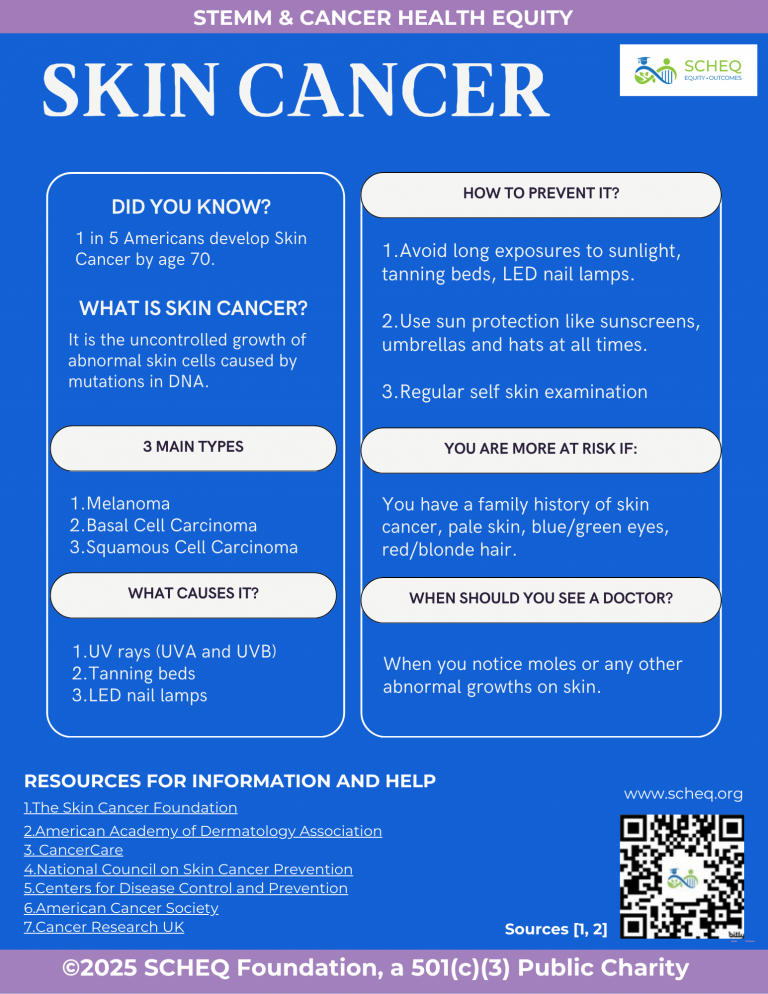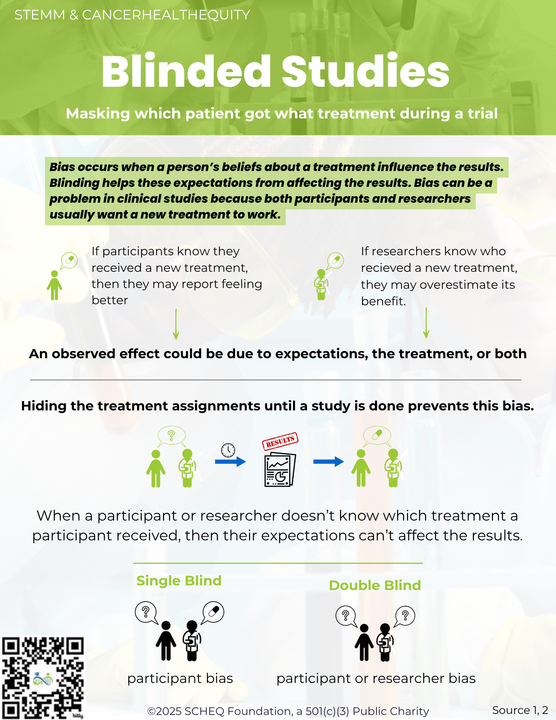Dr. Percy Lavon Julian was one of the foremost chemists in the 20th century. He was one of six children to two middle class parents in Montgomery, Alabama, and all of his siblings attended college. He obtained his BS (1920) in Chemistry from DePauw University (DU), graduating as valedictorian and being named to both Sigma Xi Honorary Society and Phi Beta Kappa (PBK). Fighting systemic racism and class systems, he was unable to enroll in majority institutions for his PhD. He then obtained his MA (1923) in Chemistry from Harvard University (HU) while teaching at Fisk University. Due to excelling in his coursework, he was awarded an Austin Fellowship to study Biophysics and Organic Chemistry at Harvard. He went on to teach at West Virginia State University (WVSU) (then College) and Howard University serving as an Associate Professor of Chemistry. In 1929 he was awarded a Rockefeller Foundation (RF) fellowship that allowed him to go abroad where he received his PhD (1931) in Organic Chemistry from the University of Vienna (UV). His work focused on the chemical properties of the soybean.
After returning to the states, Dr. Julian briefly worked faculty at Howard before ending up back at DePauw University as a research fellow. It was at DePauw that he and his colleague became the first to correctly synthesize physostigmine in eleven steps, a treatment for glaucoma. This was eventually named one of the 25 major accomplishments by the American Chemical Society (ACS).
After being denied faculty appointments, he transitioned into industry. He ended up at Glidden as the Director of Research in the Soya Division. With the knowledge that one of the by-products of physostigmine synthesis could be used to synthesize sex hormones, he developed a way to cheaply extract sterols from soybean oil to synthesize human sex hormones at industrial quantities. Additionally, he created a new method to cheaply synthesize cortisone and hydrocortisone. He also developed a flame retardant that was used during WWII to suppress gasoline fires.
During his career, he published more than 100 papers and had 130 patents. He was the first African American chemist and second African American scientist inducted into the National Academy of Sciences (NAS) in 1973. He routinely provided job opportunities to African Americans. Dr. Julian was very active in civil rights including founding the Legal Defense and Educational Fund of Chicago and fundraising for the NAACP. Other accolades include being named Chicago’s Man of the Year (1950), earned the NAACP Spingarn Medal (1947), served on Boards of five institutions, and launched his own Research Institute. Despite his numerous achievements, he faced adversity, racism, and hate crimes. Dr. Julian passed away in 1975 after battling liver cancer.
References:
- https://www.acs.org/education/whatischemistry/landmarks/julian.html
- https://www.blackpast.org/african-american-history/julian-percy-lavon-1899-1975/
- https://www.depauw.edu/julian/biography/
- https://chemistry.harvard.edu/news/ccb-spotlight-percy-lavon-julian-am-23
- https://www.britannica.com/science/progesterone
- https://honorsandawards.iu.edu/awards/honoree/197.html



